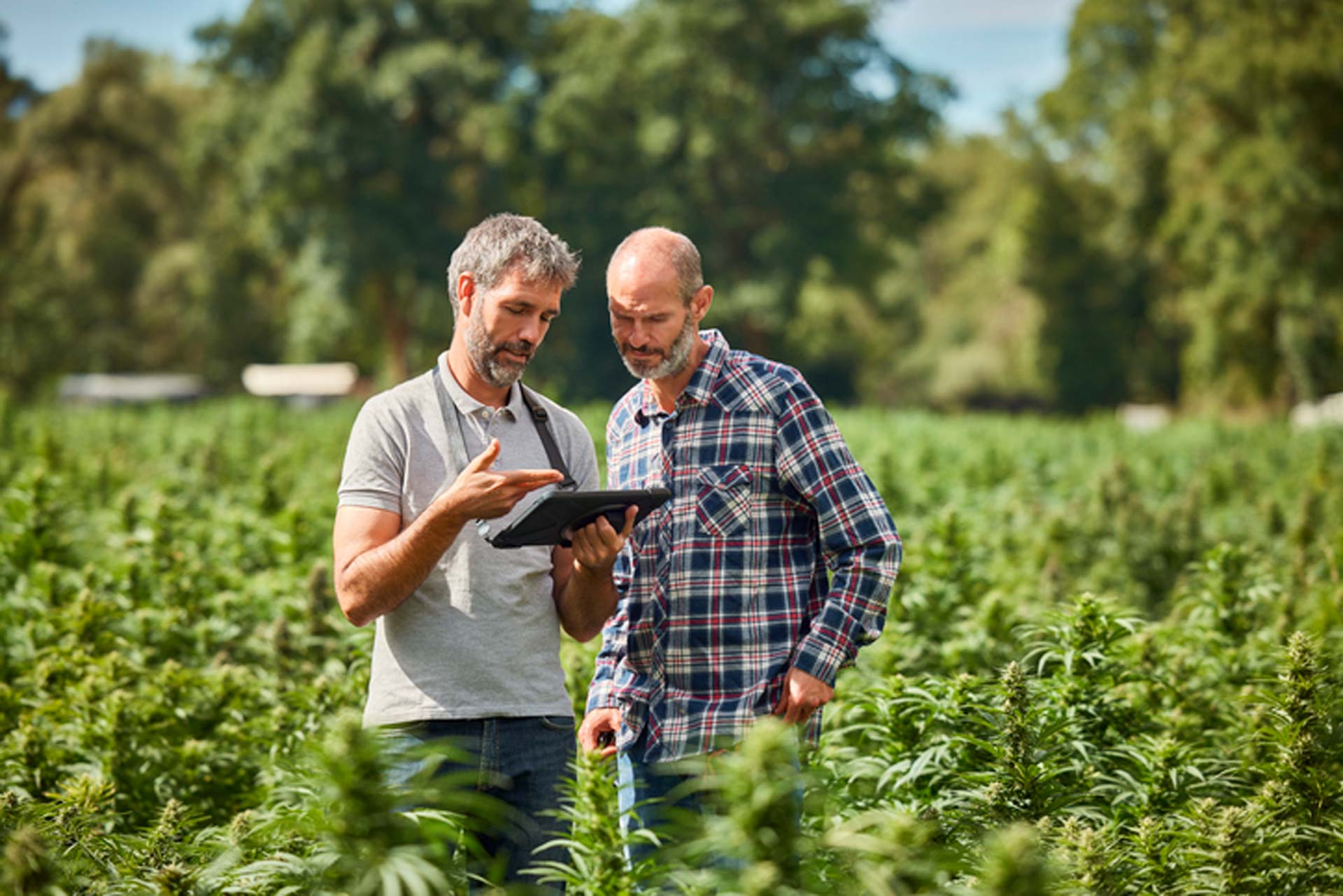
21 Apr Rural connectivity: How industry can close the Digital Divide
It would be ill-informed to make the blanket statement that connectivity in the countryside, or the lack of connection infrastructures, is the cause of depopulation. However, these are factors of consequence, especially as lacking access to certain technology – that most consider basic – is with a driver of lack of opportunities, inequality, and poor economic development. When compared to urban centres and cities, rural areas are considerably disadvantaged by the lack of connectivity.
Being unable to access an Internet connection might not be considered life-threatening, but it can have an impact of quality of life and development when added to the absence of other basic services such as education and healthcare. It is also much harder to innovate and propose business models that could revitalize rural areas and alleviate the difficulties faced in the countryside without good connectivity. So, is there a way for technology, connectivity, and Industry 4.0 to come together to give rural communities a shot?
5G: activating the farms of the future
Counting on 5G connectivity in the rural world would bring about instantaneous benefits, such as more network connections, lower latency, and greater transmission capacity. However, a high-speed wireless connection would also allow farmers to design smart farms. With time, these could be managed remotely and run more automatically.
Depending on the type of crop and its needs, scattering sensors across the farmland might be an enormous step. If deployed in combination with drones – to monitor conditions and automated irrigation management run by artificial intelligence – drastic efficiency improvements would be measurable.
In fact, drones, automations, and sensors have already been tested. The above scenario is less science fiction than it seems: pilot experiments in Latin America and the United States have already traced the path we can expect agriculture to follow in the short term. In the pilots, each crop was controlled by technology, the amount of sunlight was monitored on every acre, and pests and repellent effectiveness were tracked closely. This process generated huge volumes of data that can inform more efficient crop management.
Although the business model still needs time and resources to take hold, some technology players in the sector are already thinking about the future, world-renowned producer of agricultural machinery John Deere to name one example. John Deere is already working on connectivity for machines that would allow autonomous operations for weeding and herbicides, to name one example.
The company’s CTO, Jahmy Hindman, defended the importance of good Internet access on farms at a rural connectivity event: “[good connectivity] increases yield, allows better crop control, and achieves significant industrial benefits.”
Staving off depopulation through school connectivity
One of the main “bleeds” in the rural world is demographic: the population is aging, there are few young families in villages and even fewer children. The new generations face multiple difficulties when following a standardized training curriculum due to a lack of students, which leads to schools closing. Alternatively, students of different ages attend the same educational institution — often many miles away from home — and take classes that aim to attend to every age group’s needs at the same time.
Having schools with a reliable 5G Internet connection could mean a radical change: schools would be able to share resources and strategies; students would have access to remote classes from their homes by choice, and they could receive classes that are suited to their level and needs.
Installing connectivity in schools is one of the strategic lines of action of the Ministry of Education and Vocational Training, which has recently granted funds to 30 projects developed collaboratively by more than one hundred schools throughout Spain. These projects will promote innovation and educational inclusion, thanks to a budget of €1 million, of which up to €10,800 will be allocated to each educational institution.

